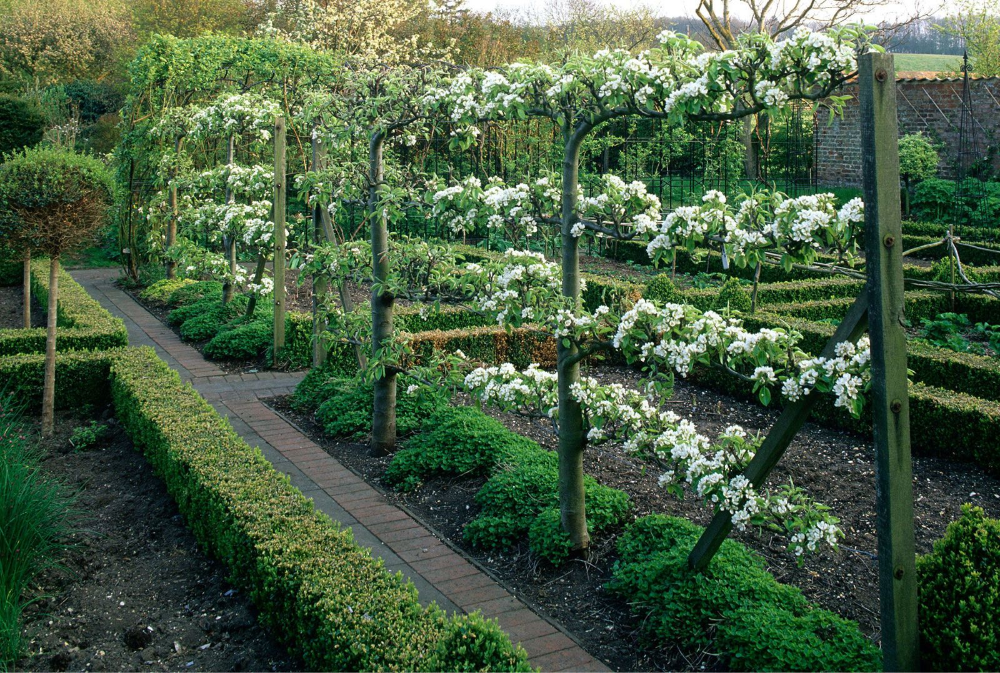
When designing a vegetable garden, there are several factors to consider in order to maximize space, efficiency, and productivity. Start by choosing a sunny location that receives at least 6-8 hours of sunlight per day, as most vegetables require ample sunlight to grow. Next, plan out the layout of your garden by considering the size and spacing of each vegetable plant, making sure to leave enough room for plants to grow and for easy access to harvest. Consider planting taller plants like tomatoes and trellis vegetables like cucumbers along the edges of the garden to provide support and maximize space. Make sure to group vegetables with similar watering and sunlight requirements together to ensure each plant receives the right amount of care. Lastly, consider incorporating companion planting techniques to help deter pests, improve soil health, and increase overall garden productivity. By carefully planning and designing your vegetable garden, you can create a beautiful and productive space that will provide you with fresh and delicious produce all season long.
Vegetable garden design is an essential aspect of creating a thriving and productive garden. When planning the layout of your vegetable garden, it is important to consider the spacing and placement of your plants to ensure they have enough room to grow and receive adequate sunlight. One popular method of vegetable garden design is the raised bed technique. Raised beds offer many benefits, including improved soil drainage, easier access for planting and weeding, and better pest control.
Another important factor to consider when designing a vegetable garden is companion planting. Companion planting involves growing different plants together that benefit each other in some way. For example, planting basil near tomatoes can help repel pests and improve the flavor of the tomatoes. By incorporating companion planting into your vegetable garden design, you can create a more sustainable and efficient growing space.
Designing a vegetable garden also involves considering the overall aesthetic of the space. Adding decorative elements such as trellises, arbors, or pathways can not only enhance the beauty of your garden but also provide practical benefits. For example, a trellis can support climbing plants like cucumbers or peas, while a pathway can help define the space and make it easier to access various areas of the garden. By carefully planning the design of your vegetable garden, you can create a beautiful and functional outdoor space that will provide you with fresh, homegrown produce for years to come.
 Garden Ideas
Garden Ideas









